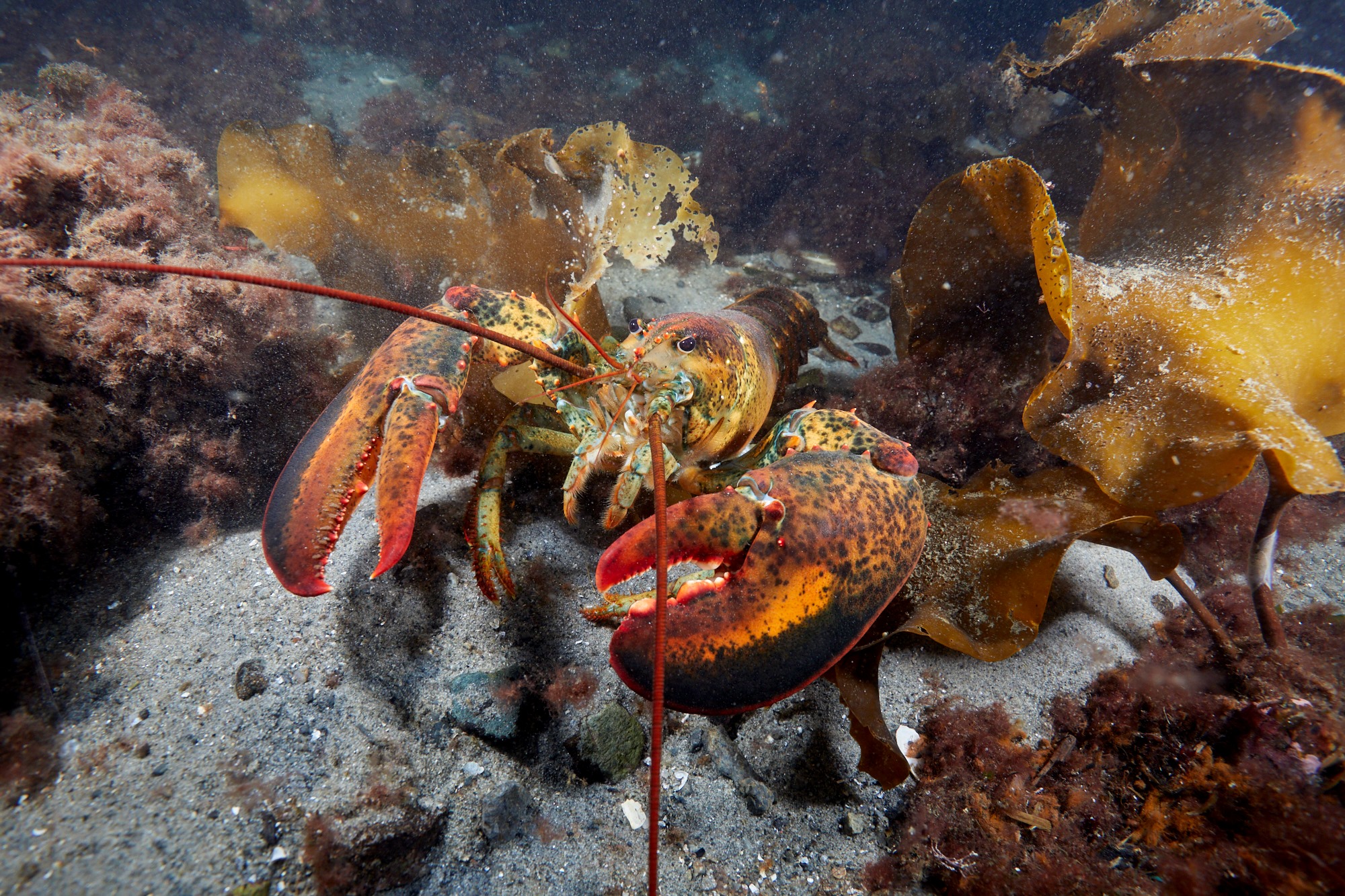By: Rachel Hager,
University of Southern California Sea Grant Knauss Fellow,
Communications Specialist,
NOAA Fisheries Office of Protected Resources
I’m a Knauss marine policy fellow at NOAA because of a poster. Seven years ago, I saw one small poster pinned to a brown cork board in the hallway of a research center in Maryland. Then graduate school took me to Utah, far away from marine ecosystems, but I decided to apply for the Knauss fellowship as an inland fellow from Utah because I kept thinking about that poster.
My Journey to the Knauss
Even though I am not a marine biologist, I had no science policy experience prior to applying and I did not live in a coastal state, I am a successful Knauss fellow. Everyone’s journey to the Knauss fellowship is different. This is my journey.
I was born and raised in Houston, Texas along the urban bayous, a sprawling system of concrete ditches designed to move water out of the city. (The city of Houston was built on top of wetlands.) Even in the heat of the summer, the city never dries out.
I studied at Bryn Mawr College in Pennsylvania for my bachelor’s degree in biology, and my curiosity about the natural world led me to conduct three years of independent undergraduate research at the Smithsonian Environmental Research Center (SERC), located on the shores of the Chesapeake Bay in Edgewater, Maryland. My research at SERC explored how climate change impacted native and invasive Chesapeake Bay wetlands. That’s where I fell in love with wetlands. I spent long, muddy days in the humid shadows of 7 foot tall Phragmites australis, an aggressive invasive reed that grows along the shorelines of the Chesapeake Bay.
I saw the Knauss fellowship poster while walking down the hallway to a research seminar one day at lunch. There were lots of posters on the cork board advertising different positions, fellowships and graduate programs. The Knauss fellowship poster caught my eye. Maybe it was the bright colors or maybe it was the picture of fellows in front of the Capitol Building, but that poster was memorable. On that hot summer day seven years ago, in my sweaty mud-caked field clothes as an undergrad, I decided I wanted to apply for the Knauss fellowship “when I grew up”.
What am I going to be when I grow up?
My growing-up journey next took me to graduate school in Utah where I researched Great Salt Lake wetlands. The majestic mountains, rushing rivers and amazing friends in Utah created memories for a lifetime. Even 1,000 miles from a marine ecosystem, I still thought about that marine policy fellowship poster I saw in the hallway.
But how could I, a wetland ecologist in Utah with no policy experience, be eligible for a marine policy fellowship in Washington, D.C.? I asked myself that question over and over as the years passed by. No one I knew had been a Knauss fellow. Then I became involved in science communication.
During grad school, I worked part-time as a science reporter at Utah Public Radio. In that role, I transformed dense scientific articles into two-minute audio stories. For over a year, it was a surreal experience to hear my voice on the radio during my morning commute. Through my public radio experience, I realized my passion for science lay in talking about science to non-scientists.
Further exploring science communication as a career, I spent the summer of 2019 working as a science journalist at The Idaho Statesman in Boise as a AAAS (American Association for the Advancement of Science) Mass Media Fellow. The Mass Media fellowship is a 10-week journalism experience for STEM undergrad, grad students or post-docs. During that opportunity, I learned how to quickly comprehend new information, how to write for different audiences and how to communicate about complex issues with non-specialists. These are skills I continue to use today in my Knauss position as a communications specialist in the NOAA Fisheries Office of Protected Resources.
I love talking about plants, science and the amazing, natural world around us. Turns out there’s a lot of people on social media who like those things too. I discovered current and former Knauss fellows through Twitter, and I reached out to them to talk about their experiences. They welcomed me with open arms, answering all of my long-winded questions, reassuring me that I was a great candidate for the fellowship, and they were interested in my career path too. I felt energized in my decision to apply to the fellowship because of the support of the fellows who came before me.
My Future and the Future of Knauss
I’ve thought a lot about that poster on the cork board recently because I’m part of this year’s Knauss recruitment team. Our team of current fellows assesses ways to recruit diverse Knauss applicants, including better understanding how people first find out about Knauss and why they decide to apply. I was recruited to the fellowship by a poster in the hallway, but everyone’s journey to Knauss is different. How do we find ways to recruit diverse candidates, especially during a pandemic?
We are being creative, we are using our networks, and we are learning lessons from the past.
That same advice is how I ended up here. I saw a colorful poster, I talked to new colleagues and I learned what I am passionate about. I am living in Silver Spring, Maryland across the street from NOAA as a Knauss marine policy fellow. I do not know where my journey will take me next, but maybe I’ll discover it on a virtual cork board.
For other Knauss fellow journeys, check out Kat Montgomery (Legislative 2020), Zac Cannizzo (Executive 2019), and Alicia Cheripka (Executive 2019).


